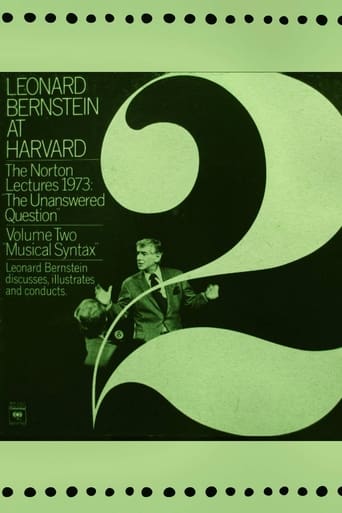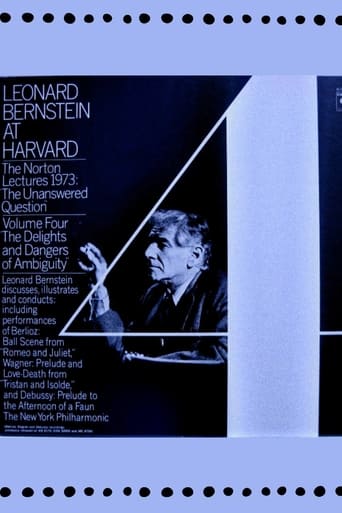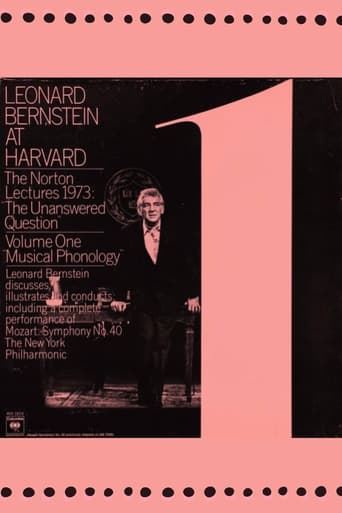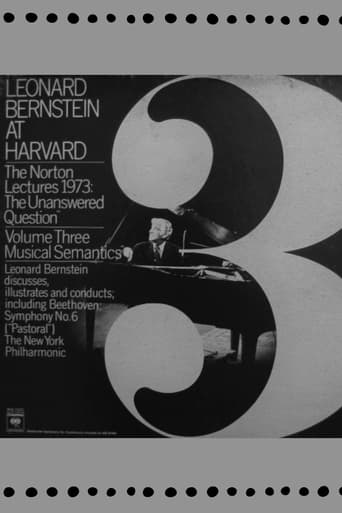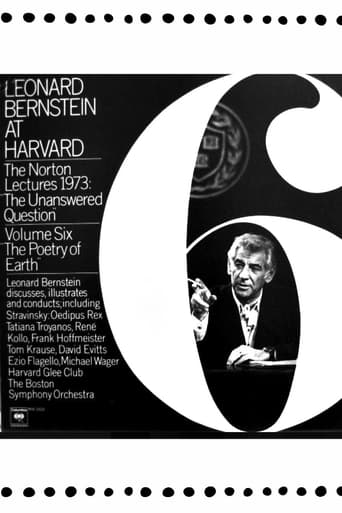Saintly Sinners 1962
Directed by Jean Yarbrough Ex-con Joseph Braden (Ron Hagerthy) has his car temporarily stolen by a pair of bank robbers who hide their loot in the vehicle's spare tire. After the car is repossessed, it's sold to the kindly Rev. Daniel Sheridan (Don Beddoe), who immediately sets out on a fishing trip. Not knowing that his new automobile was recently used in a heist, Father Dan gets the surprise of his life when he's suddenly stopped by a police officer.

